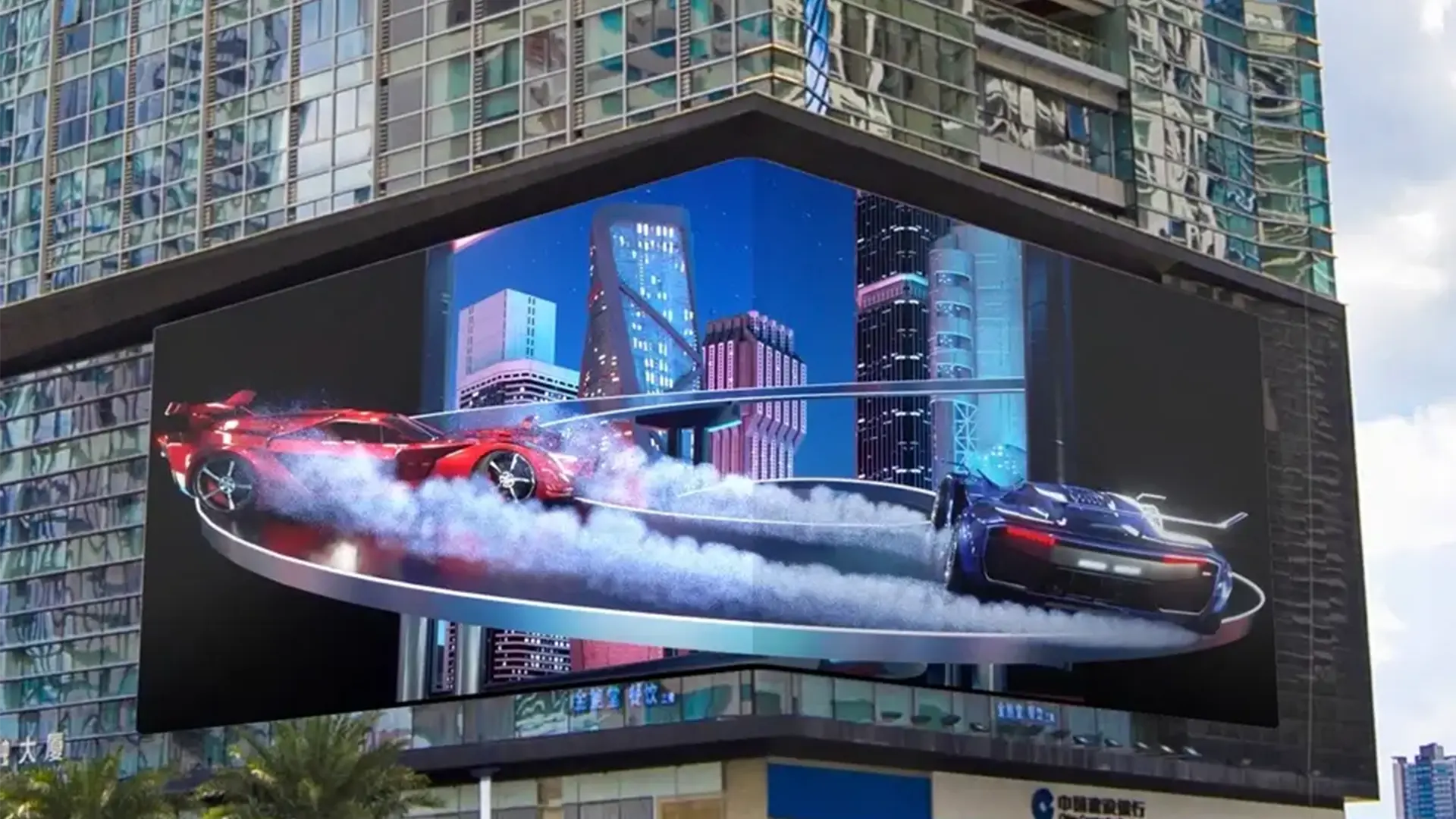
Outdoor LED screens have revolutionized advertising and public displays, delivering high-impact visuals that remain clear even under direct sunlight. With brightness levels reaching 5,000 to 8,000 nits, these screens are designed for 24/7 performance in all weather conditions. But what makes these technological marvels so effective?
At the heart of outdoor LED screens are robust LED modules featuring:
Waterproof ratings of IP65 to IP68
UV-resistant coatings to prevent fading
Durable aluminum housings for structural integrity
Pixel pitch determines the resolution and viewing distance of an LED screen. Outdoor screens typically use a pixel pitch between P10 and P20, with each pixel containing:
Red LED chip (wavelength: 620–630nm)
Green LED chip (wavelength: 515–535nm)
Blue LED chip (wavelength: 460–470nm)
To handle extreme outdoor conditions, LED screens are equipped with:
Efficient convection cooling systems
Thermally conductive coatings for heat dissipation
Temperature sensors for automatic brightness adjustments
Outdoor LED screens use advanced PWM (Pulse Width Modulation) technology to achieve:
16-bit color depth, creating over 65,000 shades per color
Automatic gamma correction for optimal brightness
High dynamic contrast ratios (5000:1 or higher)
Color accuracy is maintained even in challenging conditions through:
Real-time ambient light sampling
Color temperature adjustment for different times of day
Anti-glare treatments to reduce reflections
Engineered for durability, outdoor LED screens are built to withstand harsh weather through:
Corrosion-resistant aluminum frames
Conformal coatings on electronic components
Integrated drainage systems to prevent water buildup
Surge protection up to 20kV for electrical safety
Modern outdoor LED solutions feature cutting-edge control systems, including:
Dual-redundant receiving cards for uninterrupted performance
Cloud-based content management for remote updates
Real-time diagnostics and fault detection
Power monitoring to optimize energy usage
Outdoor LED screens are designed for easy maintenance with features like:
Front-access panels for quick repairs
Hot-swappable modules for uninterrupted operation
Pixel compensation algorithms to correct dead pixels
A: With proper maintenance, outdoor LED screens typically last 80,000 to 100,000 hours, with minimal brightness degradation.
A: Yes, high-quality outdoor LED screens are designed to operate efficiently in temperatures ranging from -40°C to 60°C.
A: Most outdoor LED installations use 3-phase power supplies with automatic voltage regulation and backup generators for reliability.
As outdoor LED technology advances, businesses can look forward to new innovations like:
Transparent LED screens for architectural integration
Curved modular designs for unique displays
Interactive touch-enabled LED solutions
Solar-powered LED screens for sustainable operation
By understanding the technology behind outdoor LED screens, businesses can make informed decisions to create impactful visual displays that captivate audiences and withstand the test of time.
Hot Recommendations
Hot Products
Get a Free Quote Instantly!
Talk to Our Sales Team Now.
If you are interested in our products, please contact us promptly
Reach out to our sales team to explore customized solutions that perfectly meet your business needs and address any questions you may have.
Email Address:info@reissopto.comFactory Address:Building 6, Huike Flat Panel Display Industrial Park, No. 1, Gongye 2nd Road, Shiyan Shilong Community, Bao'an District, Shenzhen city , China
whatsapp:+8615217757270